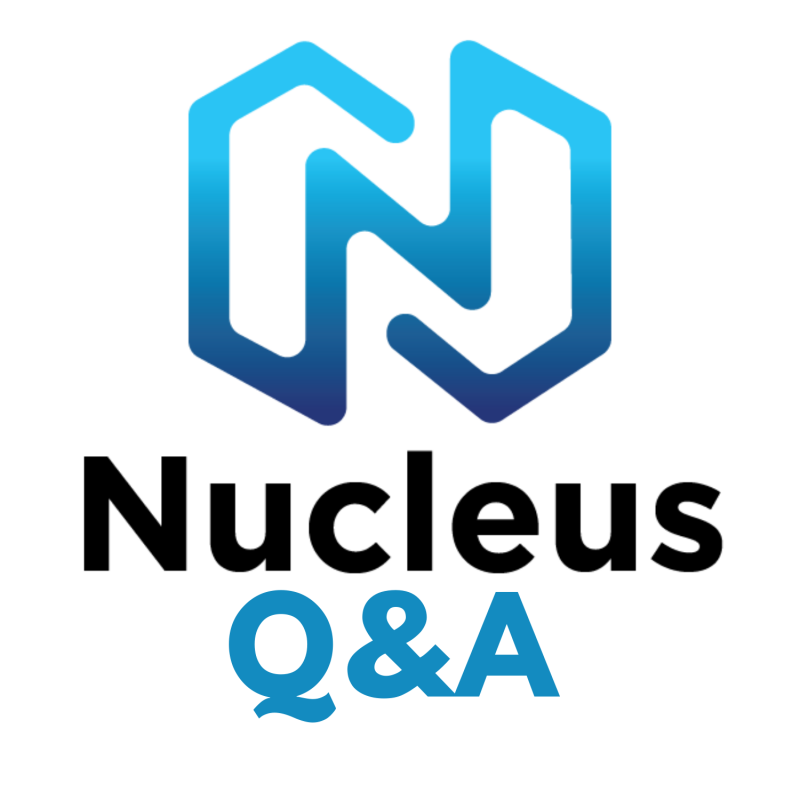For this edition of “The Nucleus Q&A,” in which we regularly interview leading professionals in the industrial automation industry, we chat with Kevin Jiang about the Nucleus HMI SCADA platform. He is the Sr. Director of Business Development for Nucleus Command Systems.
The Nucleus HMI SCADA technology operates safely and successfully for rail transit agencies nationwide, a feat it has achieved for over twenty years. Nucleus now has been enhanced for nearly any industrial application. Jiang works with clients interested in using the innovative tools and functionality of Nucleus for their industrial control systems.
What makes Nucleus unique among other SCADA products?
Jiang: The feedback we get from SCADA professionals is they find many features of Nucleus very compelling. It offers unique features and tools that approach problems from a new and innovative way. Overall, the goal of Nucleus is to be user-friendly.
One feature often raved about: The playback-to-screen feature. With Nucleus, all events get automatically recorded. Also, the HMI can be taken offline to play back historical events at the times they occurred. Our clients find it a very powerful feature not found in any other SCADA system. We feel it is a real game-changer.
Further, systems integrators have been impressed with our Simulations tool. Nucleus has perhaps the most advanced offline simulation tools on the market. You test your screens in development mode simply by simulating your I/O points. Or you can test your entire HMI with simulation applications that can mimic any remote device. With the Nucleus HMI SCADA software system, we ensure your system is fully tested prior to deployment.
Moreover, the HMIs have built-in Crystal reporting for your I/O states. Since all data is stored in relational databases, regardless of size, you can use external report applications to create sophisticated reports of your processes.
So Nucleus aims to push the SCADA industry forward?
Jiang: Definitely. We believe Nucleus is a Next Generation software. There are simply too many features to list. It offers advanced animations, graphical layering, the ability for users to put notes on the screens that any other networked workstation can see. The options are rich, and the designs unique.
Many legacy systems run on a dated SCADA software. How does Nucleus make it easy for integrators to develop and implement Nucleus?
Jiang: Nucleus’ design enables rapid development. You don’t have to build your HMI from scratch. Nucleus provides a dozen layout templates that the developer can choose for the location of navigation buttons, graphical areas, alarm locations, and status indication. These interfaces come with a lot of built-in features. There is a sophisticated alarm screen and a real-time I/O tabular screen showing the filtered state of every defined I/O point in your system.
Nucleus also features many specialized status screens, legend screens that you can configure, and screens to observe real time communications to your devices. No extra setup is required. There is also a built-in screen recall function that allows you to scroll back through the last 10 screens viewed. As for development, we believe that our Display Creator application is the best in the industry and can create stunning graphical interfaces.
Communications protocols are a key component to any system. How does Nucleus handle them?
Jiang: The most commonly used protocols (Allen Bradley, Siemens, GE, DNP3.0 and Modbus) are built-in and included with the price of the product. We don’t nickel and dime you on your distributed systems. As a result, you don’t need any external OPC servers for these drivers. However, if you need any other driver type that we don’t provide internally, the system does support OPC Client. We know that protocols must be reliable for an effective modern SCADA system.
Ultimately, it is about giving the user the flexibility to create what’s necessary for the unique needs of their control system.
How can integrators try out Nucleus?
Jiang: It is very easy. You can request a free development license from our website. We find that integrators like to play around with it and see what is capable of. The product sells itself. That is when they see the power and flexibility of our platform. And, of course, not only is the license free, but our support team is available around the clock to help our users. We want to make the development process as seamless as possible.


